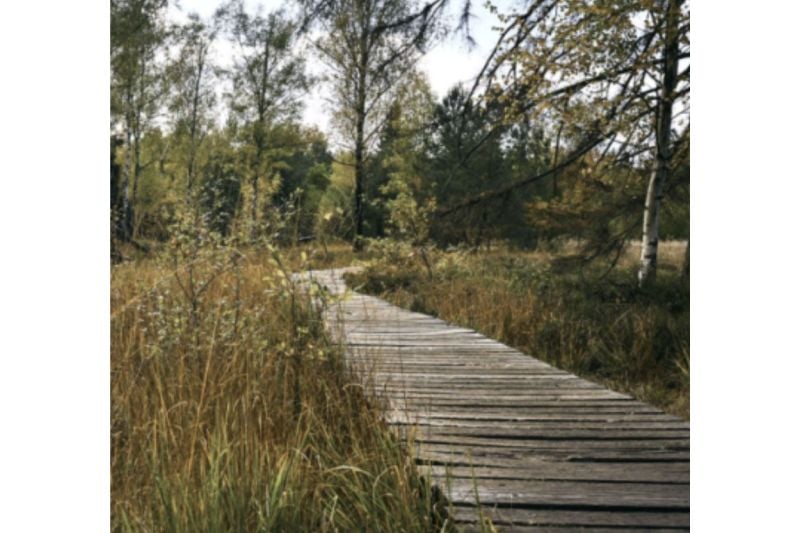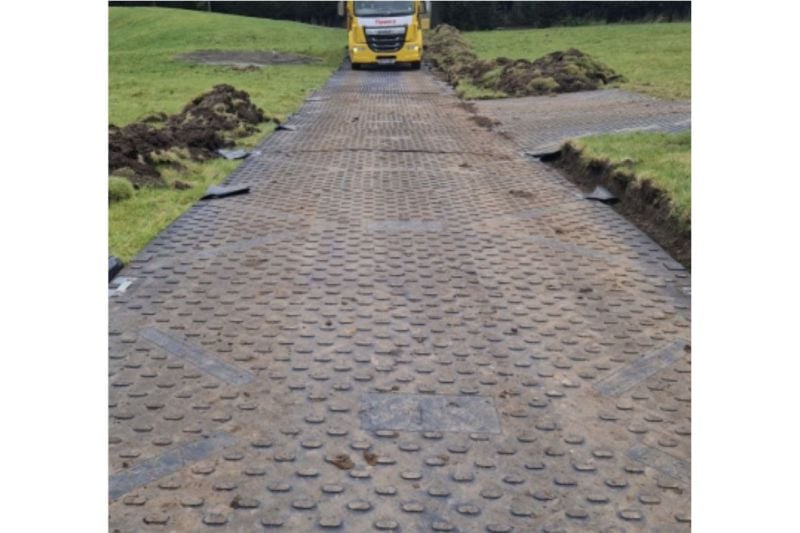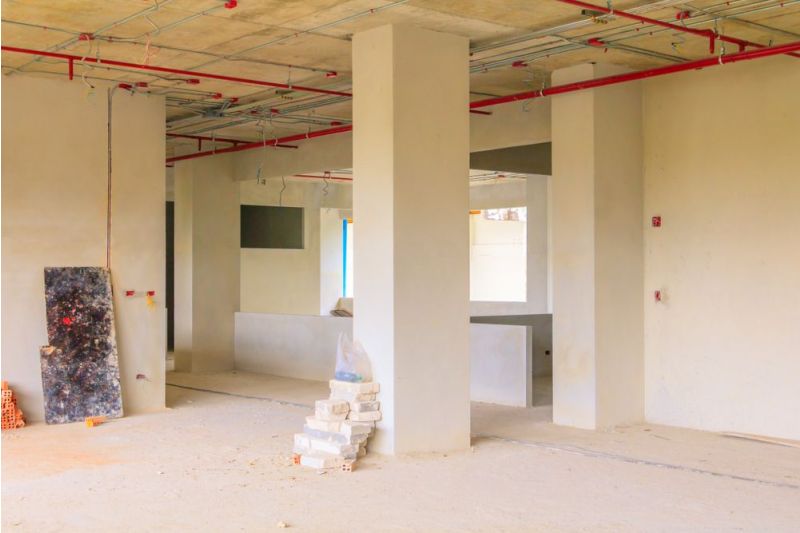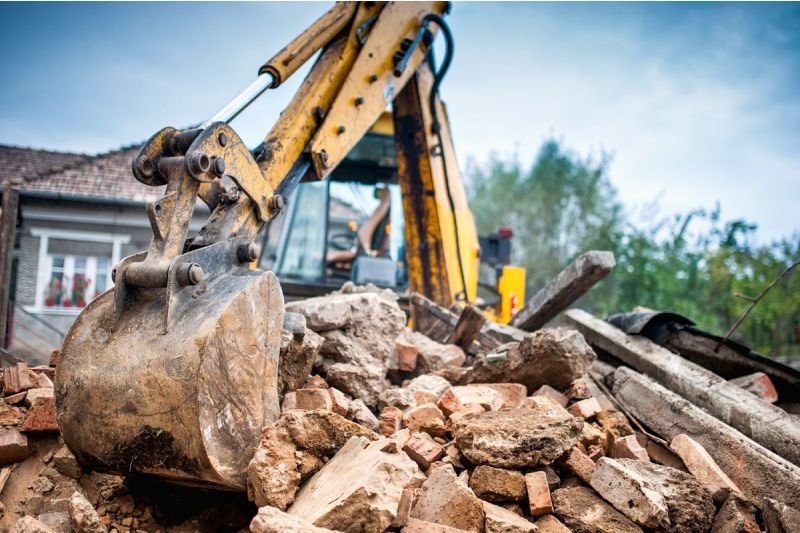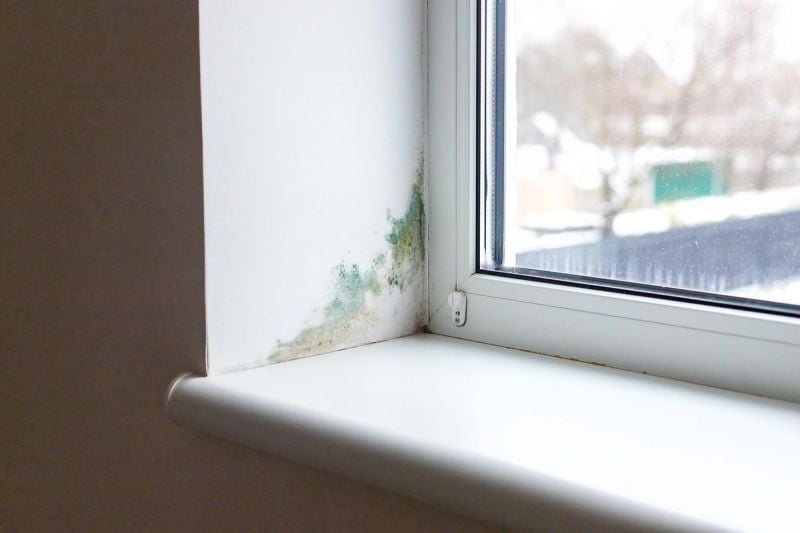Personal Protective Equipment (PPE) is designed to offer workers some level of protection. Some PPE are required by law, while others are aimed at providing additional protection.
There are lots of questions that people working on a construction site should consider. Common questions include, ‘do you need to wear a hard hat?’ and ‘are there specific safety boots you need to wear?’ This guide answers these questions and looks at the PPE requirements on a construction site.
What are the different types of PPE needed on a construction site?
There are four legally required protections needed on a construction site, and these are:
- Head protection
- Body protection
- Foot protection
- Hi-Vis Clothing
Although there are four types of protection which are legally required, it is best to provide more protection than is needed. For example, if you are working on a site that involves a lot of cutting and employees are at risk of harming their hands, you should provide PPE such as cut-resistant safety gloves.
Head protection
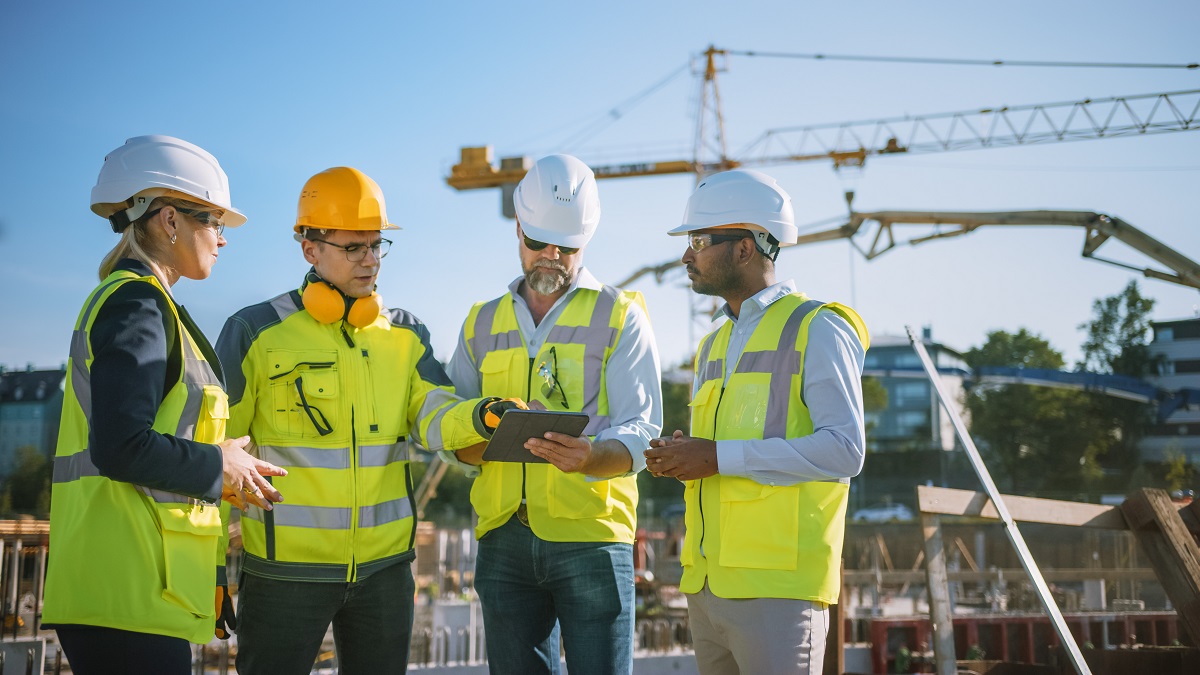
On virtually all construction sites, wearing head protection is a legal requirement due to the risks associated.
The HSE says: “Ensure all workers are provided with, and wear, suitable head protection.
This is necessary to comply with the Personal Protective Equipment Regulations 1992, which, from 6 April, applies to the provision and wearing of head protection on construction sites following the revocation of the Construction (Head Protection) Regulations 1989.”
Work on construction sites should also be organised to help reduce the risk of head injuries. Some preventative measures which should be put in place include scaffolding with toe boards and brick guards.
If you work on a construction site or you are a manager at a building site, the head protection should be in good condition and not damaged, fit the person properly, be bought from a reputable retailer, and it should not stop you from wearing hearing protectors.
ALSO READ: What are the risks of working at height?
Body protection
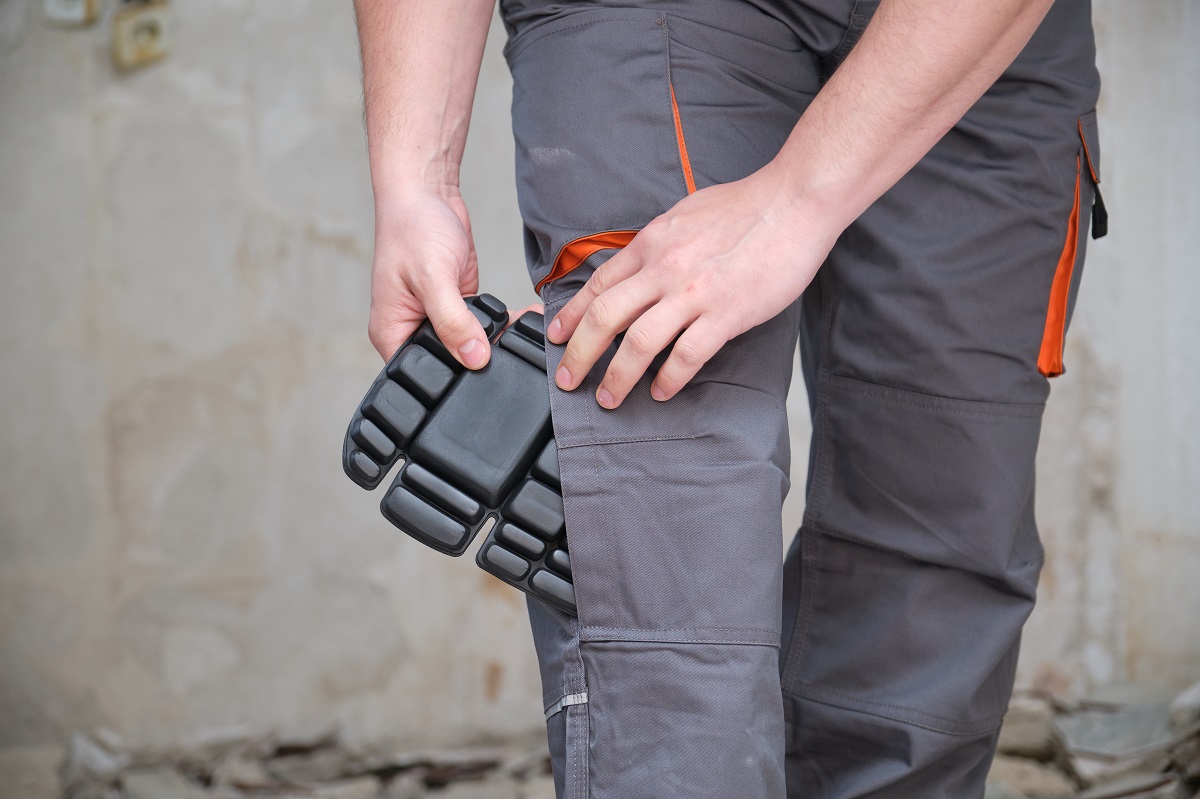
All clothing worn on a construction site must protect the person wearing it from any potential hazards that exist on a site.
Trousers are generally preferred as they protect a person’s lower leg from injuries such as cuts, grazes, burns, infections and other skin damage. There are occasions when construction workers can wear workwear shorts, but this is generally at the discretion of the building site manager.
Another item of PPE equipment for the body that is common on construction sites is kneepads. Some types of trousers, such as cargo trousers, have slots for kneepads to help protect your knees. Whilst kneepads are not a piece of equipment that you legally have to wear, if you are working on your knees, they will help protect them and limit the chance of workers developing an injury.
Foot protection

Whilst there are protective measures that can be used on sites, such as floor protection, which is aimed at protecting floor surfaces from paint spills, tools being dropped, and dirty footwear, construction workers are also supposed to wear protective footwear whilst on site.
Footwear should protect the foot bones and delicate tendons, and investing in steel toecap boots is a must as they help to protect your feet against objects being dropped. Before getting new boots for work, it is also worth looking at boots with mid-sole protection, as this can help guard you against punctures or penetration, such as walking on a nail.
If you work on a site with asbestos, Chukka style or rigger boots are recommended, as lace-up boots are banned. On the other hand, suppose you are working on a job that involves pouring cement. In that case, safety Wellington boots are the best footwear as they offer the most protection against cement burns.
The employer is responsible for providing basic safety footwear, and your boots should be replaced every six to 12 months.
ALSO READ: What is SSSTS? Site Supervision Safety Training Scheme explained
Hi-Vis Clothing
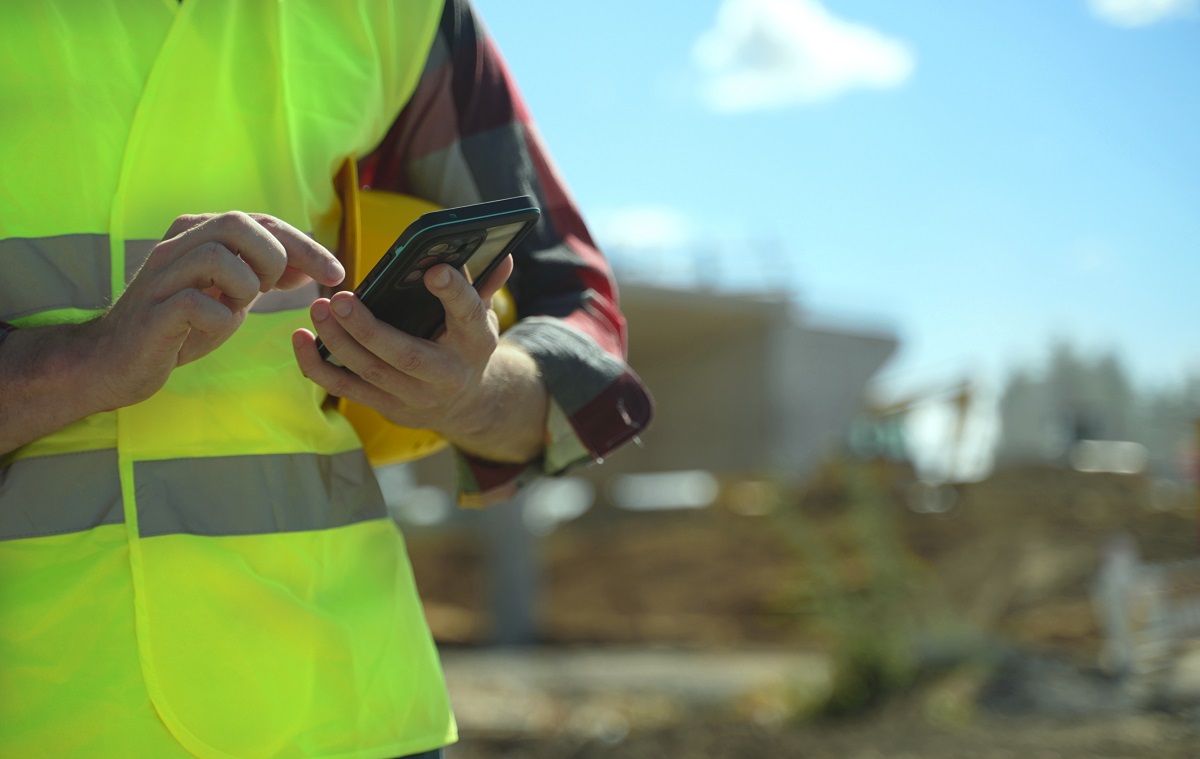
Many construction sites across the UK have a high-visibility policy; if this is the case, all workers need to follow the guidelines.
Employers must provide high-visibility equipment, and employees do not have to pay for it, so long as they are looked after and last a reasonable period of time.
High-visibility clothing must be worn on construction sites where vehicles or plant vehicles are in operation. For example, high-vis clothing must be work by drivers when they exit their vehicle.
There are some construction sites where a higher standard of visibility is necessary, and an example of this type of work is for anyone working on a road because public vehicles are likely to be driven at a higher speed than most construction plants. Generally, the rules state that a high-visibility long-sleeved jacket and trousers must be worn for this type of work.
To find out more about high-visibility clothing, click here.
Other construction site PPE
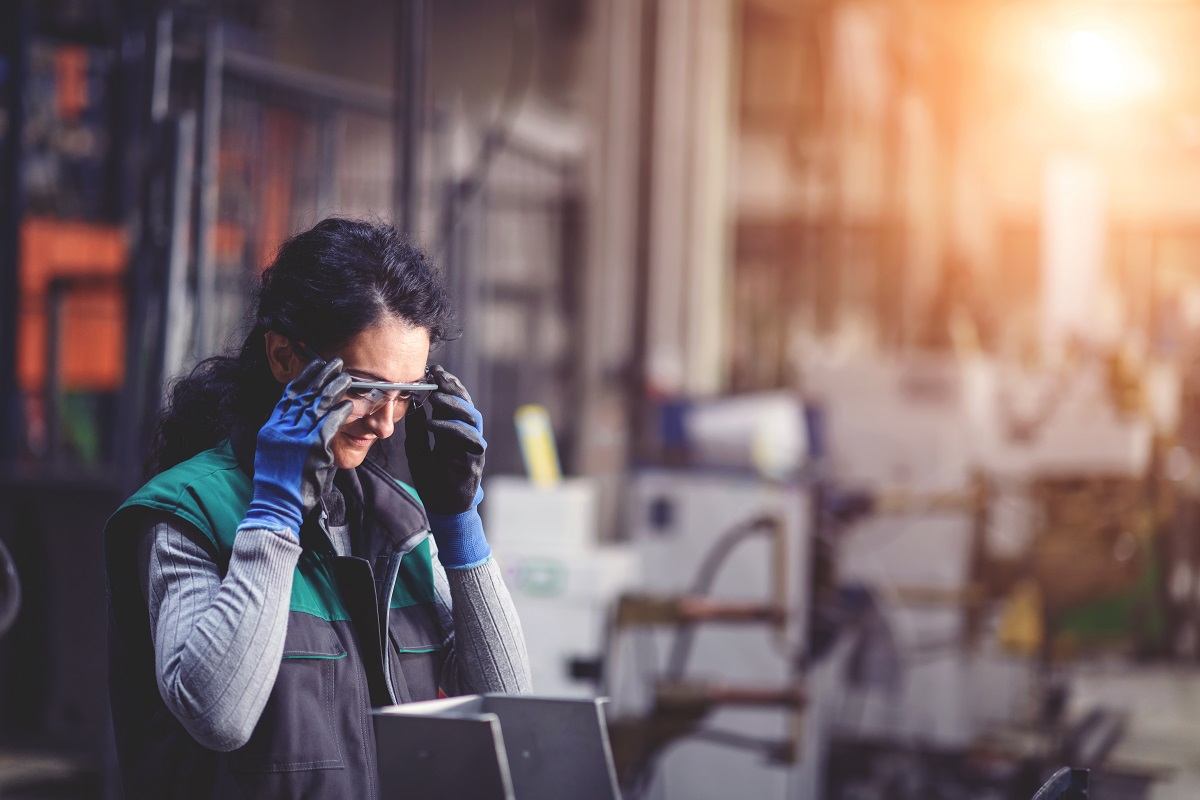
There are other types of PPE people can use on a construction site, and here we have listed some of the most common:
- Safety goggles: If you are cutting wood or blocks or you are welding, then you should wear safety goggles to help protect your eyes from dust and fragments which may fly off the material you are cutting.
- Face masks: You may be painting or working with some chemicals, and if this is the case, you should wear a face mask with some form of respiratory protection to stop you from breathing in any fumes.
- Ear defenders: You should wear ear defenders to protect your hearing for drilling jobs.
- Gloves: Different types of gloves should be used for different jobs. Ant-vibration gloves should be worn when using a pneumatic drill to break up old concrete; rigger gloves are useful for labourers carrying rough objects around a site, whilst people handling bricks should use abrasion-resistant gloves to protect their hands.
ALSO READ: The importance of PPE gloves for construction
At Proguard, we understand the importance of wearing PPE and how vital it is for construction sites to list the requirements for anyone working there.
It’s not just construction workers that need protection, however. It’s also important to protect the site itself with temporary protection materials. As a leading supplier of protection products for the construction industry, you can purchase products like a heavy-duty polythene sheet on our website.
For more tips, guides, and advice, visit our news page.


